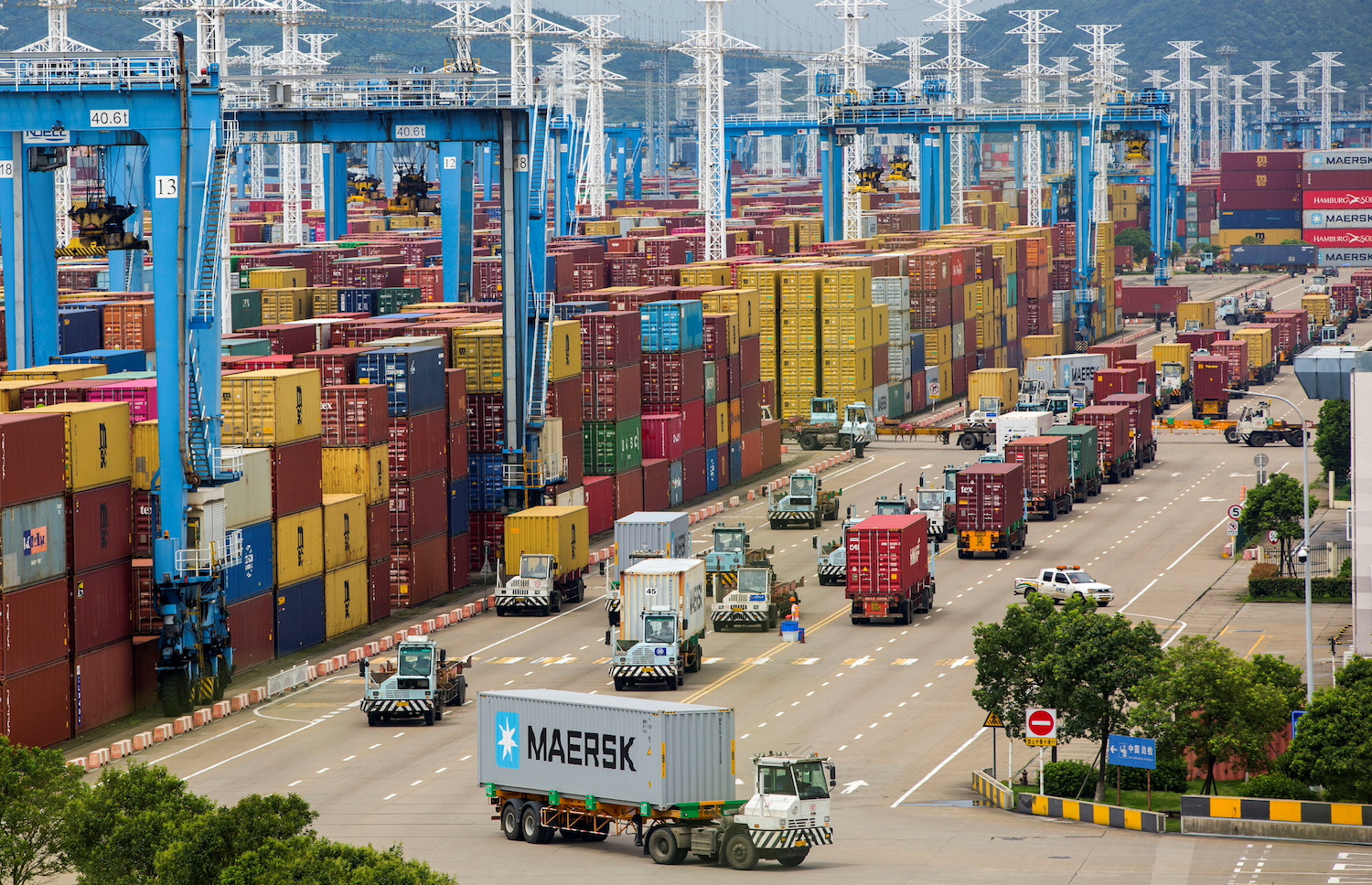Asia’s GDP growth is poised to accelerate and outperform other regions, according to US investment bank Morgan Stanley, because of a “sharp upswing in exports.”
In a report on Monday, analysts led by chief Asia economist Chetan Ahya said exports were growing at four times the pace from 2008-2019. They forecast Asia’s real growth to hit 5.1% in the fourth quarter of 2022.
“Investor caution around Asia’s outlook is centred on the impact of China’s slowdown, Omicron and Fed tightening,” said Ahya, and colleagues Derrick Lam and Jonathan Cheung.
“However, we think these headwinds are either fading or contrary to common perception, and are not as severe as before. We see a strong case for Asia outperforming the Americas and Europe,” they said.
Consumption had been the ‘missing link’ to date, but the US bank’s analysts believed this is poised for an upturn, and that responses to the less-virulent Omicron variant may be at an “inflection point in how Asia ex-China manages Covid.”
Over the past week policymakers in Australia, Japan and Singapore had taken steps to ease restrictions and Hong Kong was the only major city tightening to counter high Covid caseloads, Ahya and his colleagues said.
China’s slowdown in the second half of 2021 stemmed more from overtightening of policies on many fronts, they argued, rather than its responses to the Covid-19 pandemic.
“But the policy easing cycle is in full swing, and sharp acceleration in infrastructure spending, the credit impulse turning neutral, tax cuts, and reduced drag from decarbonisation-related restrictions should support growth acceleration from 2Q22,” Ahya wrote.
Headwinds
The Morgan Stanley team warned of risks to their outlook – the Federal Reserve lifting rates to a level that upsets the business cycle, a rise in geopolitical tension, re-emergence of China-US trade tension, but the greatest threat, they said, was that “China’s property sector leads to a broader slowdown, with spillover effects to the rest of the region.”
However, they were “confident that policy makers will keep taking measures to stabilise it and reduce its drag on the economy.”
Ahya and his colleagues said the bank’s analysts in the United States expect growth to moderate to a still-high 4.6% by year-end, but noted that “Asian economies are still in the early to mid-cycle stages of expansion, suggesting that there is further room to run.”
The economists noted that wage growth in Asia is still running below the pre-Covid trend and “inflation just does not pose the same challenges as it has in other parts of the world.”
“Asia’s productivity dynamic is strong. Unlike the past decade, where growth was leverage-dependent, Asia’s growth is now driven by productivity, as exports and capex have triggered a self-sustaining cycle,” they said. “This indicates that Asia economies will be able to grow while keeping macro stability concerns at bay.”
• Jim Pollard
























